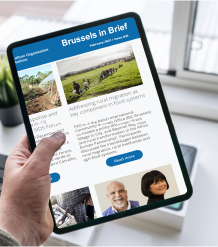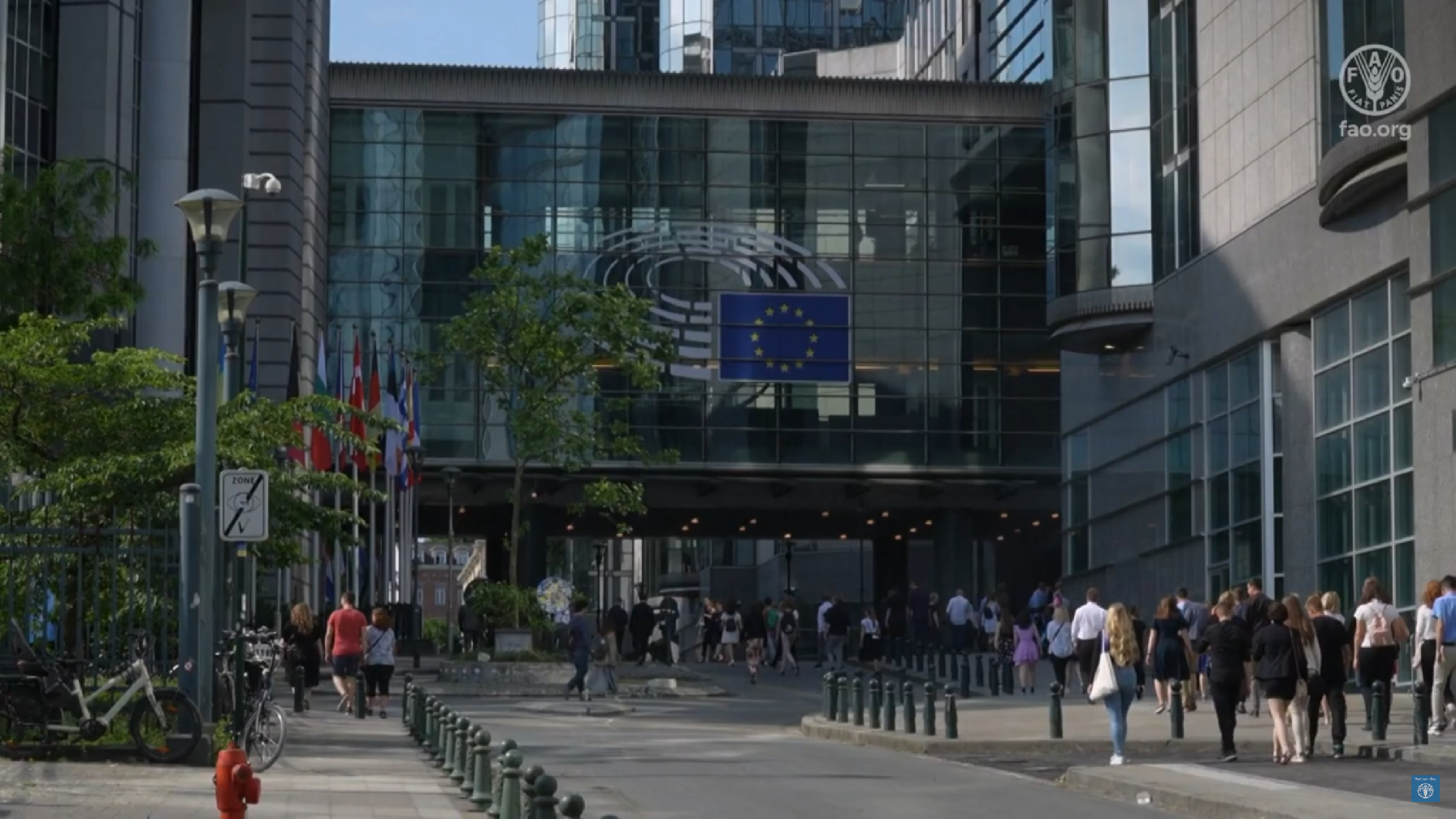Resources

The State of the World's Forests 2020
22/05/2020
As the United Nations Decade on Biodiversity 2011–2020 comes to a close and countries prepare to adopt a post-2020 global biodiversity framework, this edition of The State of the World’s Forests (SOFO) examines the contributions of forests, and of the people who use and manage them, to the conservation and sustainable use of biodiversity.
Forests cover just over 30 percent of the global land area, yet they provide habitat for the vast majority of the terrestrial plant and animal species known to science. Unfortunately, forests and the biodiversity they contain continue to be under threat from actions to convert the land to agriculture or unsustainable levels of exploitation, much of it illegal.
The State of the World’s Forests 2020 assesses progress to date in meeting global targets and goals related to forest biodiversity and examines the effectiveness of policies, actions and approaches, in terms of both conservation and sustainable development outcomes. A series of case studies provide examples of innovative practices that combine conservation and sustainable use of forest biodiversity to create balanced solutions for both people and the planet.

Global Forest Resources Assessment 2020: Key findings
07/05/2020
According to the key findings of the Global Forest Resources Assessment, global deforestation continues, albeit at a slower rate, with 10 million hectares a year being converted to other uses since 2015, down from 12 million hectares a year in the previous five years. The report states that today there are 4.06 billion hectares of forest, equal to 0.52 hectare for each person on Earth. On a net basis, including forest expansions, the world's forest area declined by 4.7 million hectares a year since 2010. One notable upside captured by the new assessment is that the area of forest in protected areas globally has increased by 191 million hectares since 1990 and now 18 percent of the world's forests are located within protected areas, with South America home to the highest share of these.

Collection of FAO policy briefs on COVID-19 impacts
06/05/2020
The COVID-19 pandemic is impacting not only food trade, food supply chains and markets but also people’s lives, livelihoods and nutrition.
This collection of policy briefs presents a qualitative and quantitative assessment of the pandemic’s impacts on these areas.
Briefs are released on a day-to-day basis. Please check back frequently for the latest available briefs.

FAO elearning Academy
01/05/2020
The FAO elearning Academy supports Member Countries, through capacity development interventions and elearning courses. These courses are offered free of charge, as a global public good and were created to transfer know-how, skills and competencies using diverse methodologies such as self-paced elearning courses, blended learning programmes, massive open online courses (MOOCs), technical webinars, online tutored courses, mobile learning, international hackathons on the SDGs, global 24-hour marathons on sustainability, university master programmes and postgraduate degrees, as well as training workshops.

Global Report on Food Crises
21/04/2020
The Global Report on Food Crises (GRFC) 2020 is the result of a joint, consensus-based assessment of acute food insecurity situations around the world by 16 partner organizations. At 135 million, the number of people in Crisis or worse (IPC/CH Phase 3 or above) in 2019 was the highest in the four years of the GRFC's existence. This increase also reflected the inclusion of additional countries and areas within some countries. When comparing the 50 countries that were in both the 2019 and the 2020 reports, the population in Crisis or worse (IPC/CH Phase 3 or above) rose from 112 to 123 million. This reflected worsening acute food insecurity in key conflict-driven crises, notably the Democratic Republic of the Congo and South Sudan and the growing severity of drought and economic shocks as drivers in countries such as Haiti, Pakistan and Zimbabwe. Around 183 million people in 47 countries were classified in Stressed (IPC/CH Phase 2) conditions, at risk of slipping into Crisis or worse (IPC/CH Phase 3 or above) if confronted by an additional shock or stressor.

The State of Food and Agriculture 2019: Moving forward on food loss and waste reduction
16/10/2019
This report provides new estimates of the percentage of the world's food lost from production up to the retail level. The report also finds a vast diversity in existing estimates of losses, even for the same commodities and for the same stages in the supply chain. Clearly identifying and understanding critical loss points in specific supply chains – where considerable potential exists for reducing food losses – is crucial to deciding on appropriate measures. The report provides some guiding principles for interventions based on the objectives being pursued through food loss and waste reductions, be they in improved economic efficiency, food security and nutrition, or environmental sustainability.

The State of Food Security and Nutrition in the World 2019: Safeguarding against economic slowdowns and downturns
01/07/2019
The State of Food Security and Nutrition in the World 2019 is an important measure of global progress towards the Sustainable Development Goal of Zero Hunger. It gives an updated estimate of the number of hungry people in the world, including regional and national breakdowns, and the latest data on child stunting and wasting as well as on adult and child obesity. The report also offers analysis of the drivers of hunger and malnutrition, and this year includes a special focus on the impact of economic slowdowns and downturns. The State of Food Security and Nutrition in the World 2019 is presented by FAO with the International Fund for Agricultural Development (IFAD), the United Nations Children's Fund (UNICEF), the World Food Programme (WFP), and the World Health Organization (WHO).

The State of the World's Biodiversity for Food and Agriculture 2019
01/02/2019
The State of the World’s Biodiversity for Food and Agriculture presents the first global assessment of biodiversity for food and agriculture worldwide. Biodiversity for food and agriculture is the diversity of plants, animals and micro-organisms at genetic, species and ecosystem levels, present in and around crop, livestock, forest and aquatic production systems. It is essential to the structure, functions and processes of these systems, to livelihoods and food security, and to the supply of a wide range of ecosystem services. It has been managed or influenced by farmers, livestock keepers, forest dwellers, fish farmers and fisherfolk for hundreds of generations.

Previous newsletters
2024: January
2023: January, February, March, April, May, June, July, October, November
2022: January, February, March, April, May, June, July, September, October, November, December
2021: January, February, March, April, May, June, July, September, October, November, December
2020: January, February, March, April, May, June, July, September, October, November, December
2019: January, February, March, April, May, June, July, September, October, November, December
2018: April, May, June, July, September, October, November, December



